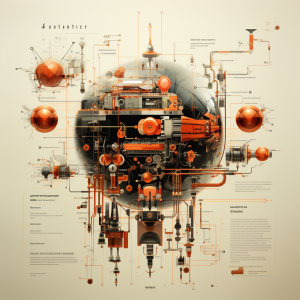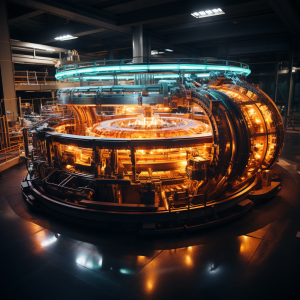
How does the phenomenon of resonance occur in mechanical and electrical systems?
Resonance in Mechanical and Electrical Systems
Resonance is a phenomenon that occurs in many different physical systems, including mechanical and electrical systems, when a specific frequency condition is met. At its core, resonance involves the absorption of energy by a system when the frequency of an external force matches a natural frequency of the system. This can lead to large oscillations or vibrations and is a fundamental concept in various fields of physics and engineering.
Resonance in Mechanical Systems
In mechanical systems, resonance happens when an external force driving a system matches the system’s natural frequency. For instance, consider a simple pendulum. It swings back and forth at a specific rate, determined by its length and the gravitational pull. This rate is its natural frequency. If you push a child on a swing at a rate that matches the swing’s natural frequency, the swing will go higher and higher with each push. This is mechanical resonance.
Another well-known example of mechanical resonance is the Tacoma Narrows Bridge collapse in 1940. The bridge collapsed due to wind-induced vibrations that matched the bridge’s natural frequency, leading to a dramatic increase in amplitude and eventual failure of the structure.
Resonance in Electrical Systems
In electrical systems, resonance occurs when the inductive reactance equals the capacitive reactance in a circuit. An inductor (L) resists changes in current and creates a phase shift between voltage and current, whereas a capacitor (C) resists changes in voltage. Together, they can create an oscillating system similar to a mechanical spring and mass system.
The frequency at which resonance occurs in an LC circuit (one containing an inductor and capacitor) can be found using the formula f = 1/(2π√(LC)), where f is the frequency, L is the inductance, and C is the capacitance.
At this resonant frequency, the inductive and capacitive reactances cancel each other out, and the impedance of the circuit is minimized (equal to the resistance alone). This allows for maximum current flow in the circuit. This principle is used in tuning radios, where you adjust the resonant frequency of an LC circuit to match the frequency of the radio wave you wish to receive.
Importance of Understanding Resonance
Understanding resonance is crucial in many areas of science and engineering. Resonance can be useful or harmful depending on the situation. On the one hand, it allows musical instruments to produce sound, MRI machines to image our bodies, and radios to receive signals. On the other hand, it can cause bridges to collapse or glass to shatter when exposed to the right sound frequency.
Whether in mechanical systems like bridges, buildings, and vehicle suspensions, or in electrical systems like power supply networks, radio receivers and transmitters, understanding and controlling resonance is critical.




